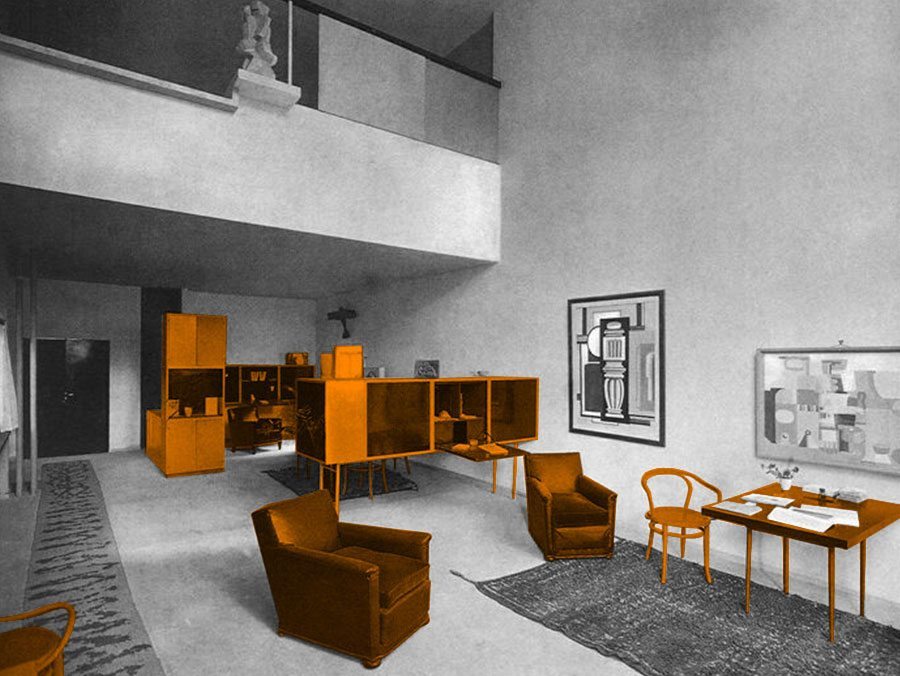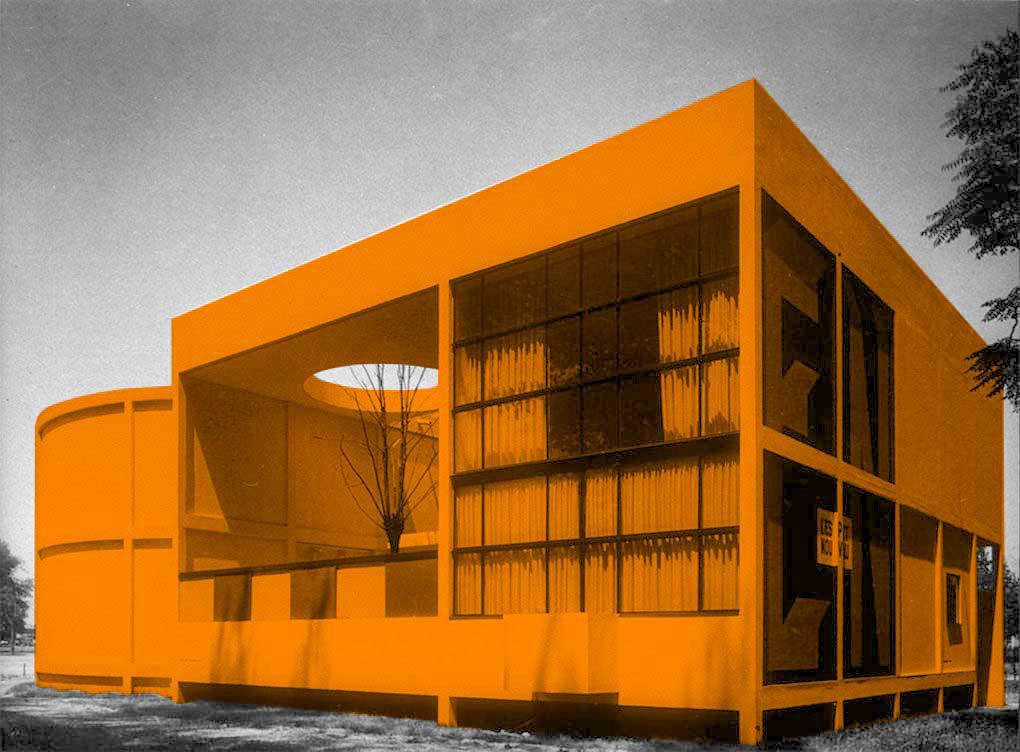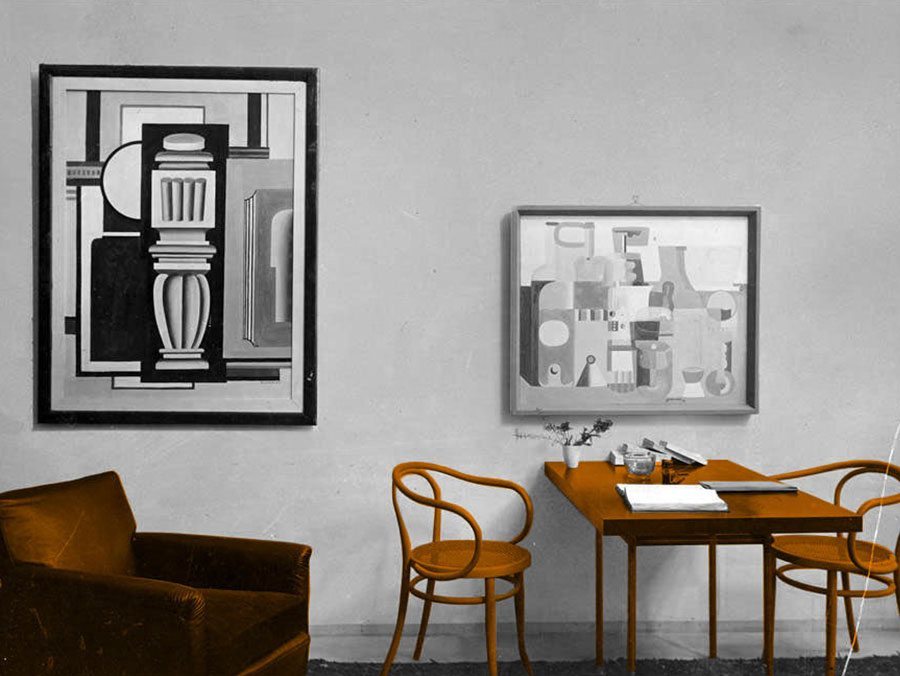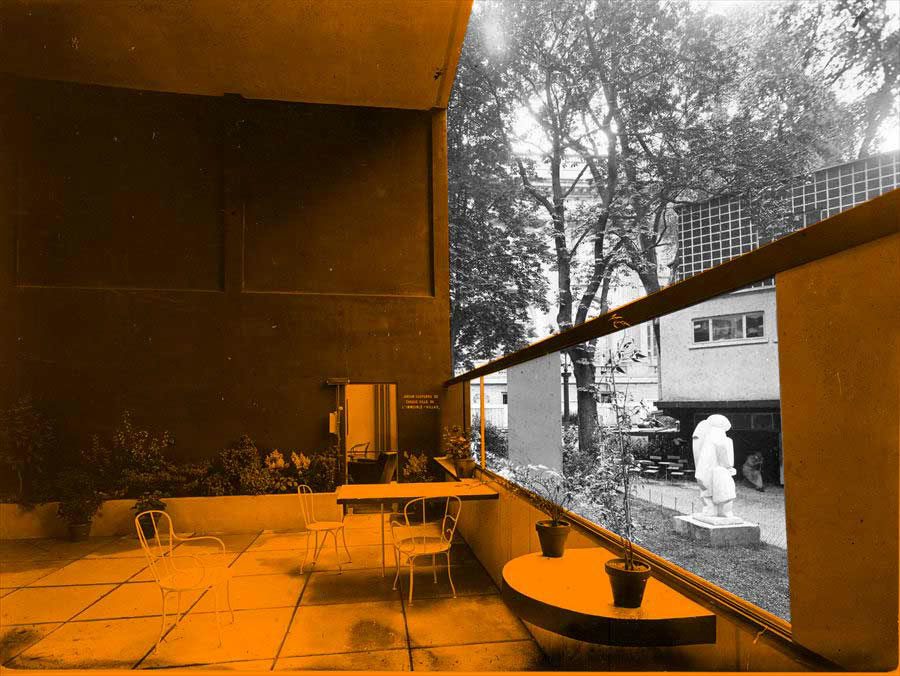INTERIOR
Le Corbusier & “L’Esprit Nouveau” 1925 #Le Corbusier

The Pavilion of L’Esprit Nouveau, within the International Exhibition of Decorative Arts in Paris 1925, was the materialisation of the principles of Purism, an artistic movement supported since 1918 by the arts magazine L’Esprit Nouveau and led by Amédée Ozenfant and Charles Edouard Jeanneret, later known as Le Corbusier.
The interior of the pavilion, designed to be the prototype of an apartment of Le Corbusier’s “immeubles-villas”, was a true depiction of Le Corbusier’s ideas on furniture at that time, also described on the articles on Decorative Arts that he published on the magazine and later collected in a book, L’Art Decoratif d’Aujourd’hui.
The furniture here doesn’t add its possible architecture to an immobilised architecture. It is architecture itself.Le Corbusier, Almanach d’Architecture Moderne, 1925
Le Corbusier’s ideas on furniture were based on three concepts: type, furniture as “human-limb” and the new industrial technology. According to Le Corbusier, type-objects work as “human-limb” objects, i.e. they fit to the human body in order to respond to certain established needs. These principles were implemented by the interior equipment of the pavilion, made up of standard furniture that was mass produced by contemporary companies, such as the English Maple leather armchairs, “a good example of intelligent research into comfort” and the Viennese Thonet nº209 bentwood chairs, generated “during a process of perfecting by almost imperceptible steps”.
However, some of the furniture was specifically designed by the atelier in the rue de Sèvres: some tables with tubular steel legs and some “casiers standard”, modular metallic storage units based on standard office furniture that were also used to organise the interior of the pavilion.




